Modern vampires have a particular look. They’re often dark, mysterious, and incredibly charming.
But vampires haven’t always had this image: they were actually often described as bloated, corpse-like, and terrifying in older folklore.
So, what made the image of vampires change so drastically over the years? And why did people even start believing in vampires in the first place?
To learn the answers, you have to keep reading, as we break down all the facts about vampires below.
Vampire myths and legends have sprung up all over the world.
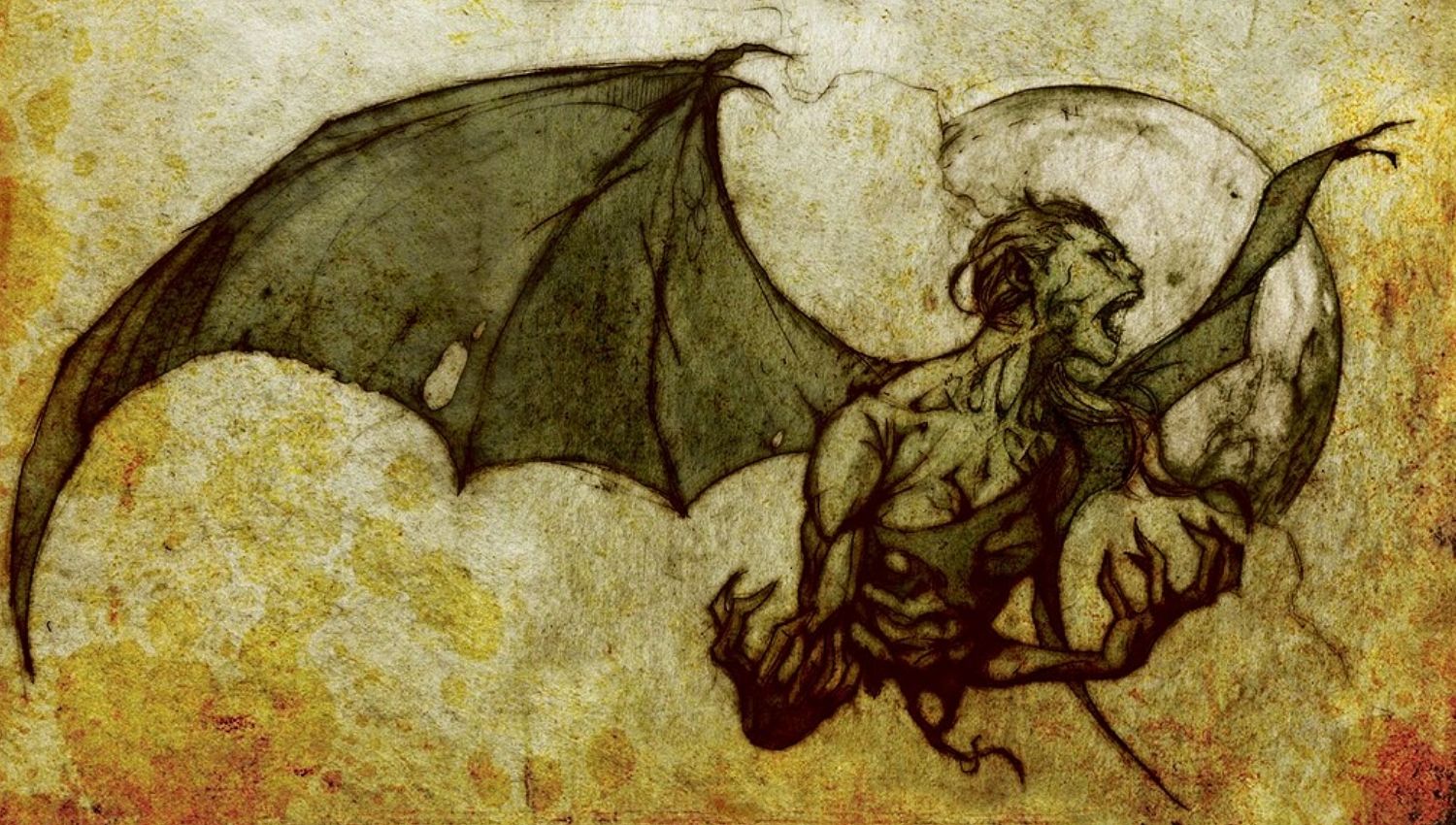
While vampire myths are typically associated with European culture, it is actually far more widespread.
Somehow, people in almost every corner of the earth believe in mythical creatures that rise from the dead and feed on human blood.
In Ghana, there’s the asanbosam, a creature with iron teeth and hook-like feet that hangs from trees to grab its victims.
China has the jiangshi, a stiff, hopping corpse that drains people’s life energy rather than blood, and the manananggal of the Philippines, which can split its body in half and fly off with huge bat wings to hunt at night.
Then there’s the strigoi of Romania, who were said to return from the grave to torment the living long before Dracula made it famous.
Bram Stoker’s Dracula wasn’t the first published vampire story.
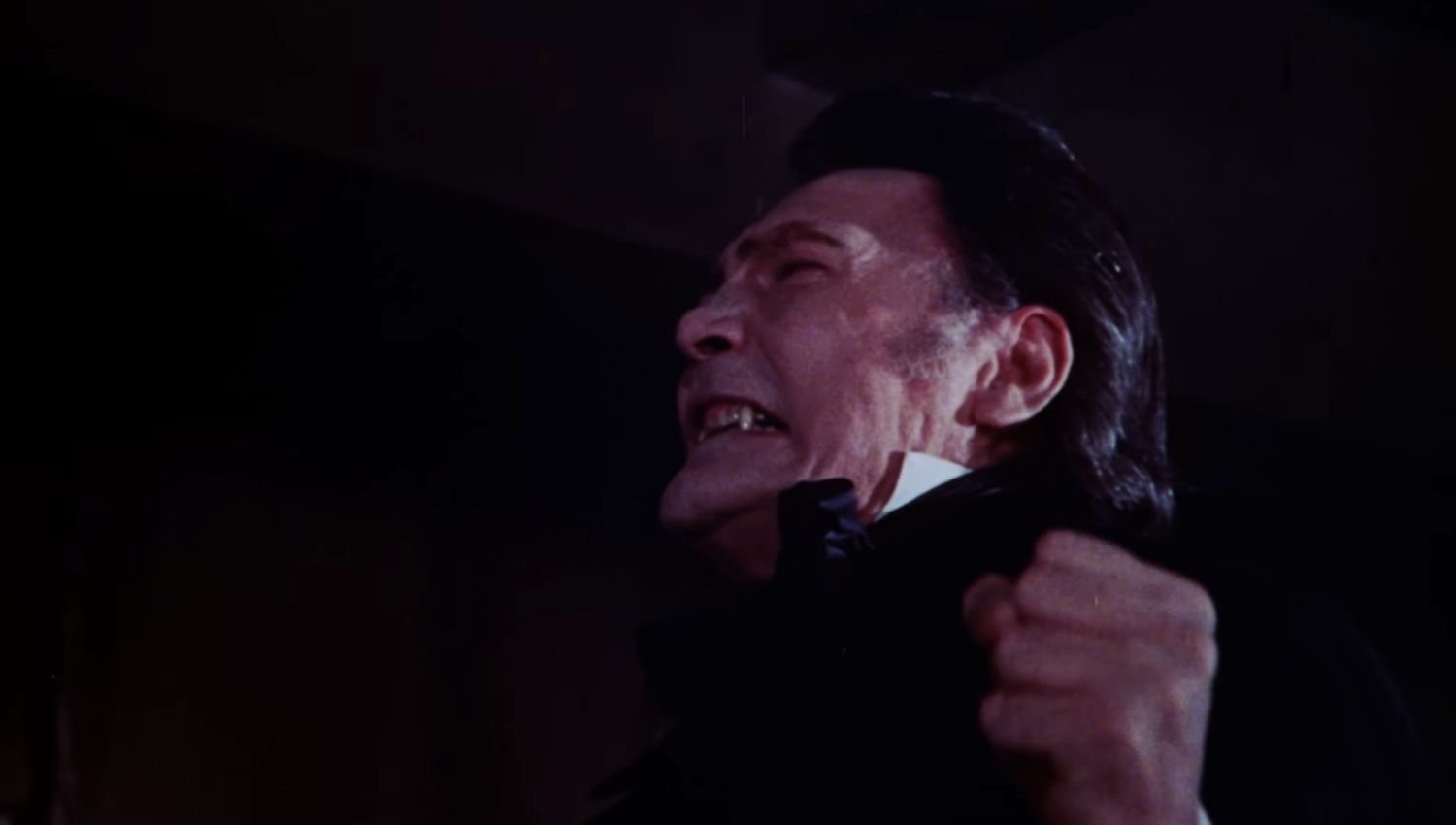

Dracula is generally considered the original vampire. After all, in Bram Stoker’s 1897 book, Dracula, he laid the blueprint for the modern vampire: an attractive, charismatic figure, unlike the creatures of traditional European folklore.
However, it wasn’t the first vampire book. That title actually belongs to John Polidori’s The Vampyre, published in 1819.
Other works about vampires that are older than Stoker’s Dracula include Varney the Vampire in 1847 and Carmilla in 1872.
Vlad the Impaler wasn’t actually the inspiration for Dracula.
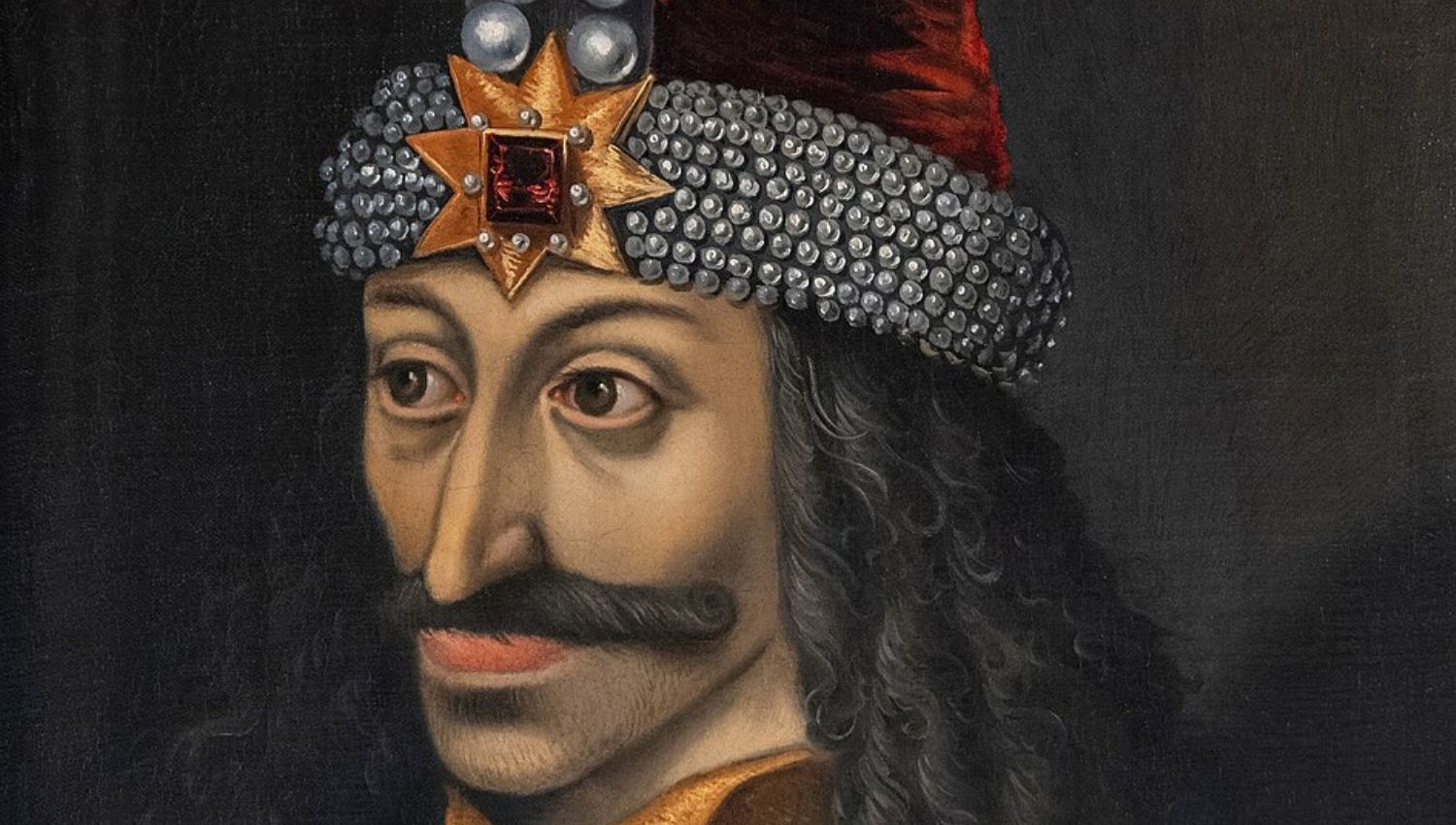

Despite how popular that theory is, there’s no solid evidence to support it.
Most historians believe that while Bram Stoker may have come across the name “Dracula” in a history book, he didn’t know much about Vlad III, the 15th-century Wallachian (modern-day Romania) prince known for his brutality.
Still, the idea that the real-life “Impaler” inspired Stoker’s vampire has stuck around, probably because it makes the story feel even more chilling.
Hundreds of vampire graves have been discovered across Europe.
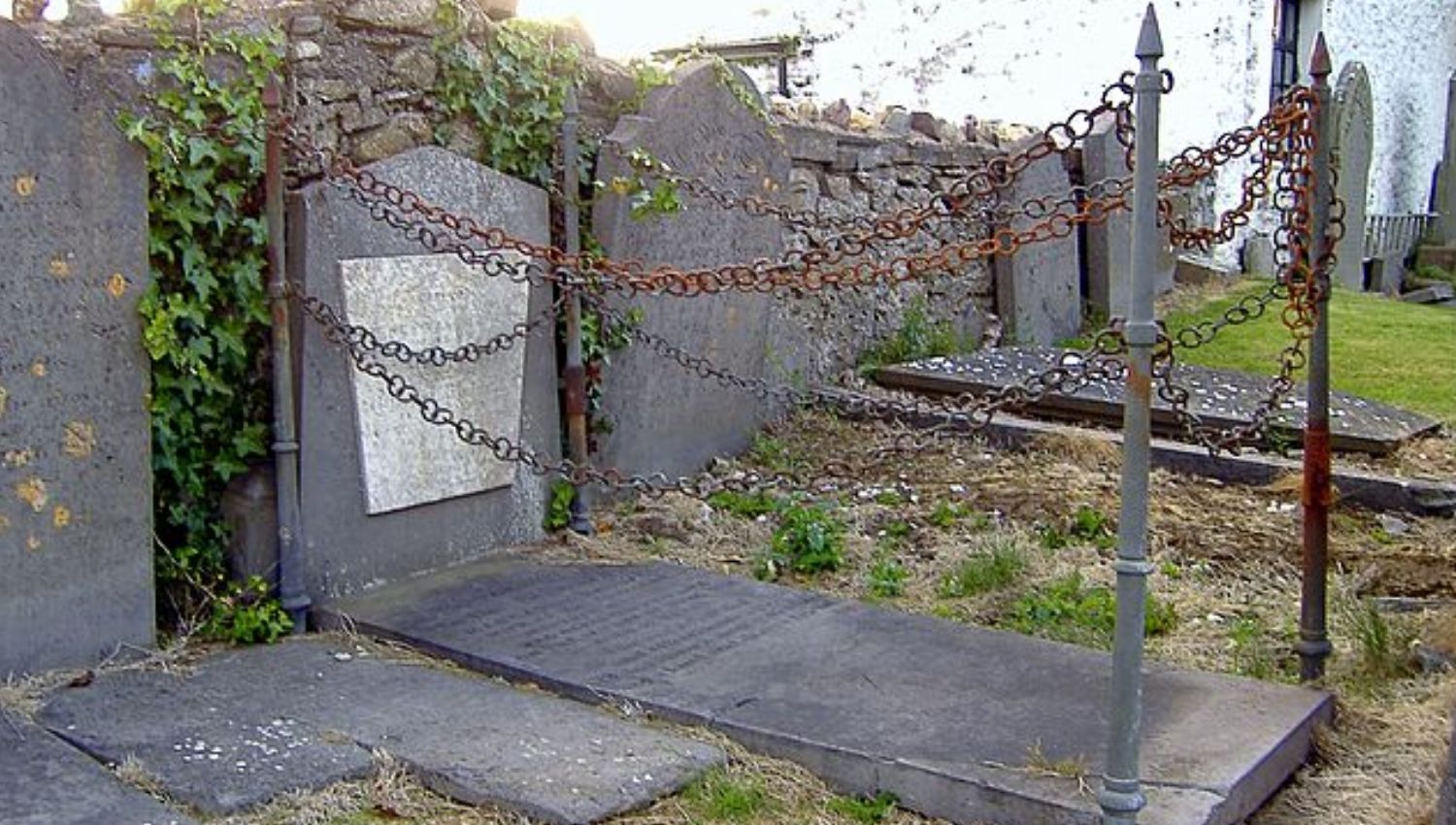

At the height of the vampire panic in Europe, between the 17th and 18th centuries, people were willing to do anything to keep suspected vampires from rising from their graves.
Some of the methods they tried were rather extreme, such as separating the body and head and nailing it to the coffin, pushing stakes through its heart, and placing a crucifix at the grave.
Some graves with these markers have been found hundreds of years later by archeologists in several countries across Europe, such as Poland and Greece.
Vampire hunting was a real job.


Being a vampire hunter wasn’t just a job for anybody. They were often believed to possess special abilities that helped them carry out their duties.
For instance, in the Balkans, vampire hunters had to be born on Saturday, as being born on that day was believed to give them the ability to spot vampires.
While in Croatia and Slovenia, vampire hunters were thought to be able to turn into animals at night that could fight vampires.
Some real-life medical conditions have been linked to vampire myths.


One health condition that is most often linked to vampirism is porphyria. This is a blood disorder, and those with it typically have light sensitivity, so like vampires, they avoid sunlight.
They also commonly have red-tinged urine that could be mistaken for a sign of drinking blood.
Some might also have prominent fangs, as repeated attacks by the disease can cause their gums to recede.
Babies born with physical differences or under unusual circumstances were believed to be vampires.


Sometimes just being born was all it took to be accused of being a vampire. Babies born with teeth or tails were often suspected of being vampires.
Children born to unwed parents or who were orphaned before they could be baptized were also commonly called vampires.
And if your mother didn’t eat salt while pregnant with you? Sorry to break it to you, but that would make you a vampire, too.
Nosferatu was originally just a Dracula knock-off.
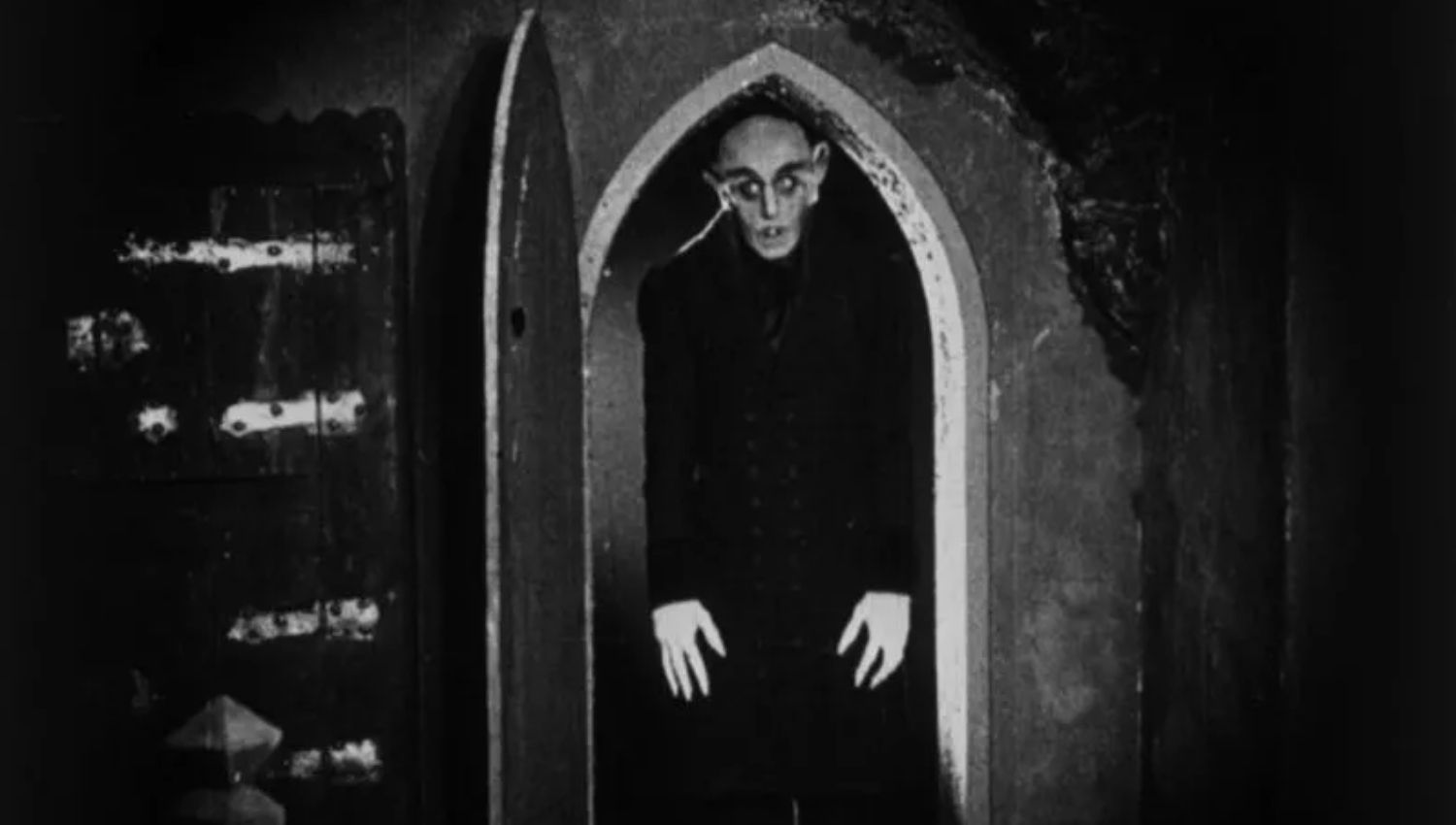

Nosferatu: A Symphony of Horror, released in 1922, is today considered one of the biggest classics in the vampire genre.
But when it was first released, some noticed it was incredibly similar to Bram Stoker’s Dracula, with only minor plot changes.
Stoker’s estate also noticed the similarities and sued the film production company. When they won, they took the film off the shelves and even destroyed some copies.
However, by then it had already spread to America, where it gained a cult following.
Vampires didn’t die from sun exposure in the earlier books.


In Stoker’s book, vampires would get weak when they came out in the sun, but they wouldn’t die or be vaporized.
This, however, was one of the plot points that was changed for the movie Nosferatu.
This became one of the first instances of vampires being killed by sunlight, cementing this trope in vampire books and films that followed.
Dracula was almost called Count Wampyr.
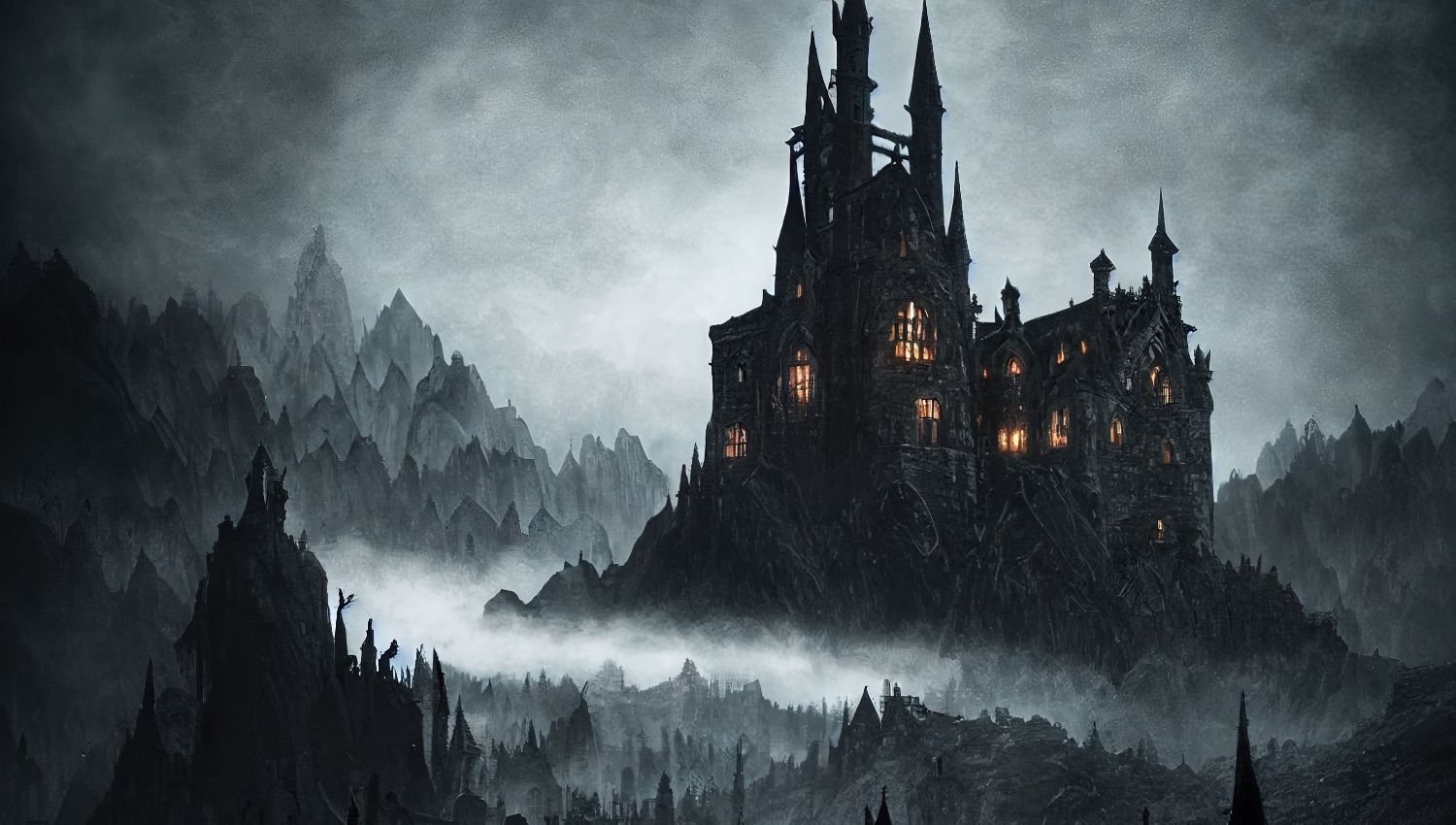

Imagine having to get dressed as Count Wampyr for Halloween. That would have been the case had Stoker gone with his original manuscript.
However, one day, while reading a book about Romanian culture, he came across the name Dracula, which caught his attention.
When he learned that the name meant devil, he was sold, as it was a perfect description of the character. Stoker immediately changed the name of the main character in his book to Count Dracula.
Bram Stoker hadn’t visited Transylvania before writing Dracula.
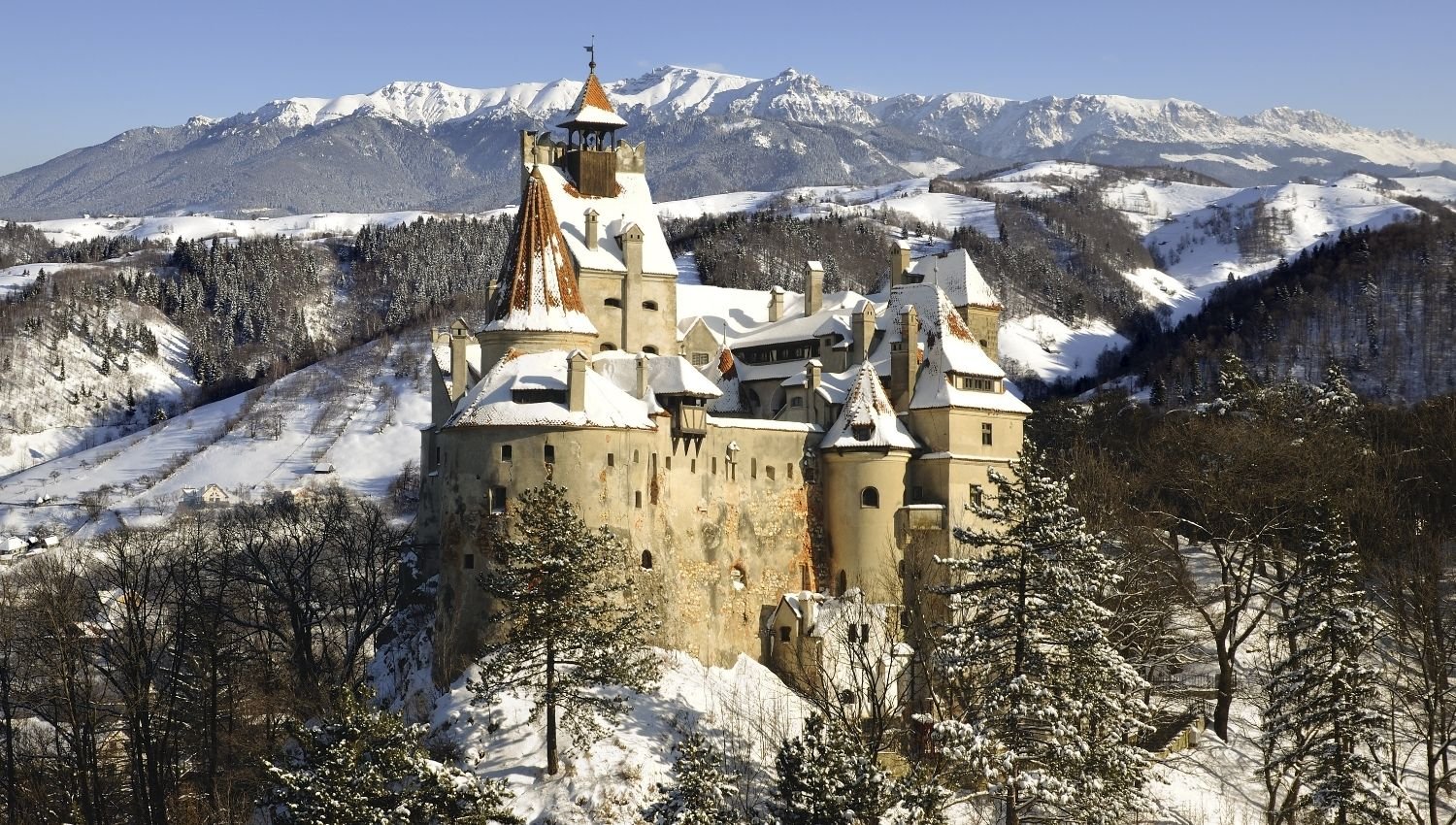

If you’ve read Stoker’s book, you’d definitely be captivated by how well he describes Transylvania. However, despite giving such a detailed description of the terrain, he’d never been there.
He was only able to sell it because he had done an excellent job researching the location by reading several books.
One of the most influential was The Land Beyond the Forest by Emily Gerard, which vividly portrayed Transylvanian folklore, superstitions, and beliefs that inspired much of the atmosphere in Dracula.
Not understanding the decomposition process fueled vampire hysteria.


Back then, people didn’t really understand what happens to the body after a person passes away.
So seeing changes like longer nails, longer hair, or even liquid blood long after a person had died was taken as a sign that the individual was a vampire.
However, with advances in science, people now know that those changes are normal. In addition, the process of decomposition may look very different at times, depending on the environment.
The US had its fair share of vampire hysteria during tuberculosis outbreaks.
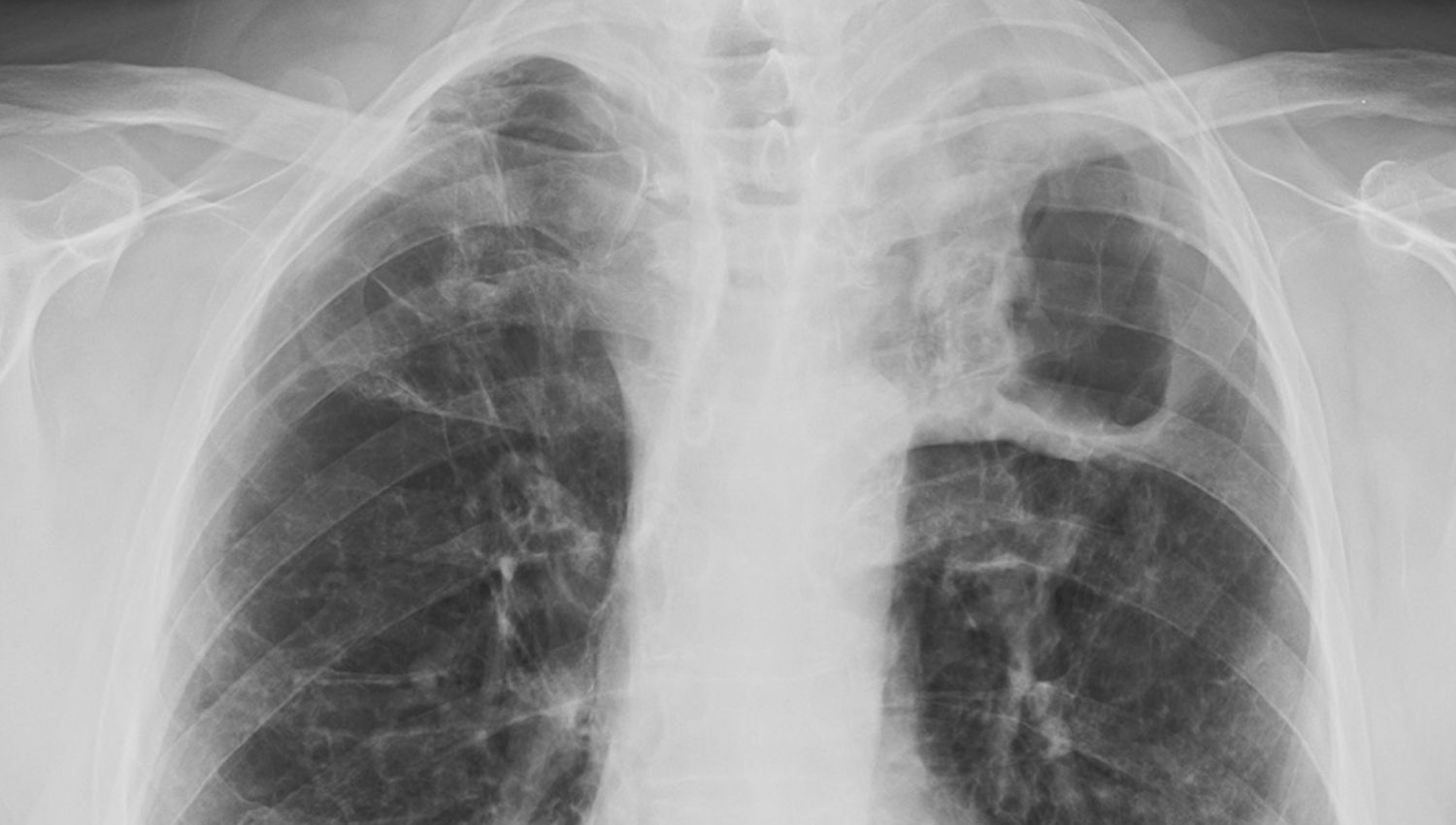

Tuberculosis, known as consumption back then, was a terrifying disease that would sometimes sweep through communities, devastating whole families. Outbreaks of this disease were often linked to vampirism.
One of the most recent cases was that of a young girl, Mercy Brown, who died from the disease during the Rhode Island tuberculosis outbreak of 1892.
When her brother showed similar symptoms, people blamed Mercy. Consequently, they exhumed her body and burned her heart, but he lost his life anyway.
Vampires consistently rank among the most popular Halloween costumes.


Kids love the capes, fangs, and spooky vibes, while adults can enjoy dressing elegantly for an evening. Vampires can be scary, stylish, or even funny, depending on how you play them.
Whether it’s the classic Dracula look or a modern, sparkly twist from pop culture, there’s a version of the vampire for everyone.
And it’s that very flexibility that keeps them at the top of Halloween costume lists year after year.
Vampires exist, they’re just not human.
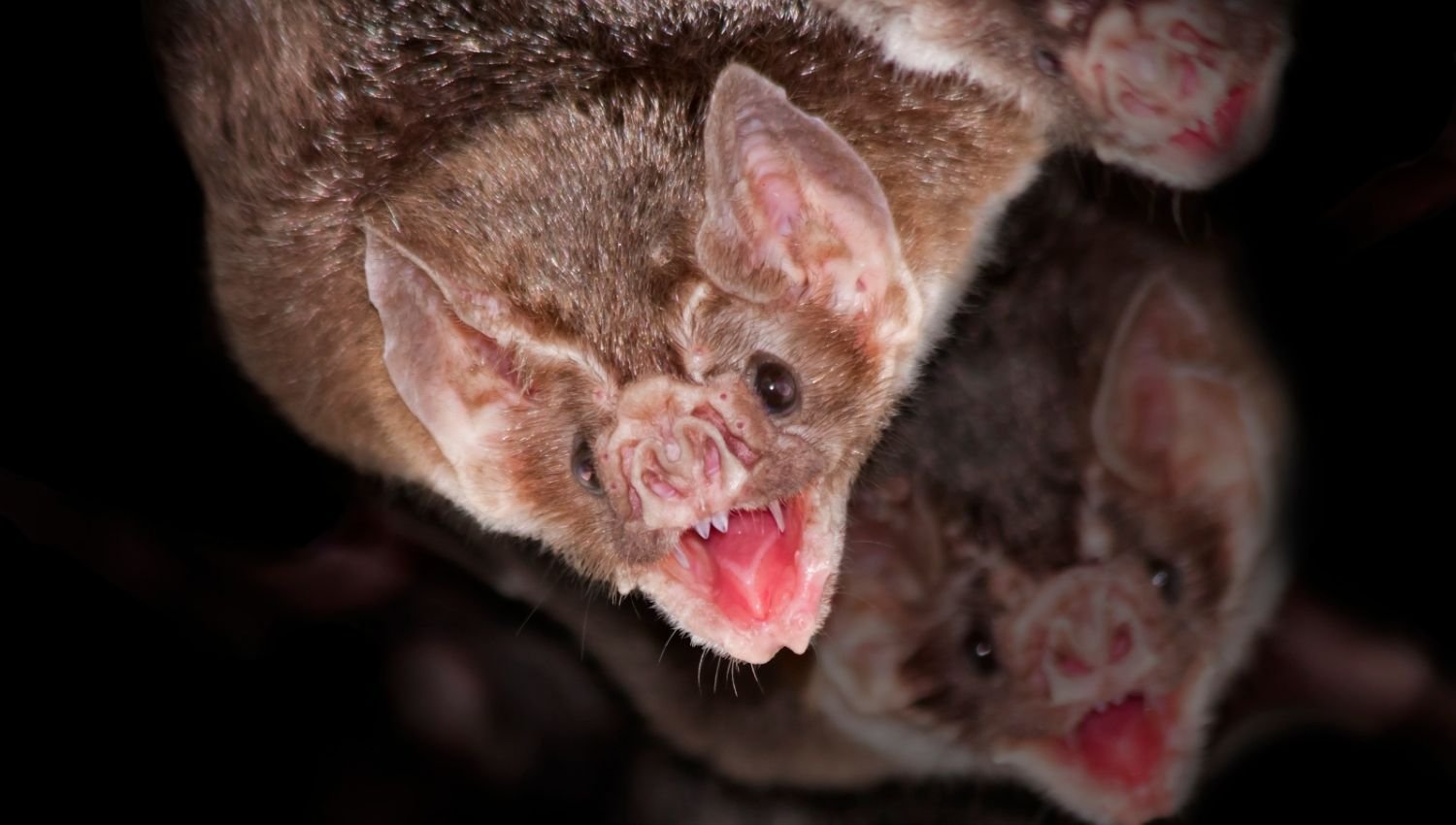

Vampire bats are a species of bats found in Mexico, Central America, and South America. What makes them unique among other bats and mammals is their diet.
Like vampires, these bats feed on the blood of other animals to survive. But they don’t suck this blood; instead, they cut into the prey and lick up the blood that drips out of the wound.
In fact, vampire bats are so sneaky at it that they could feed on an animal for half an hour and it wouldn’t even feel a thing!
For hundreds of years, people legitimately lived in fear of vampires. Pop culture then did what pop culture does best, and vampires transitioned into sparkly dark strangers with troubled pasts.
They may fear the sun, but they’re no stranger to the spotlight, especially during Halloween when their costumes fill store shelves.
Vampires have also dominated film and literature as villains, antiheroes, heroes, and, of course, teenage heartthrobs.
